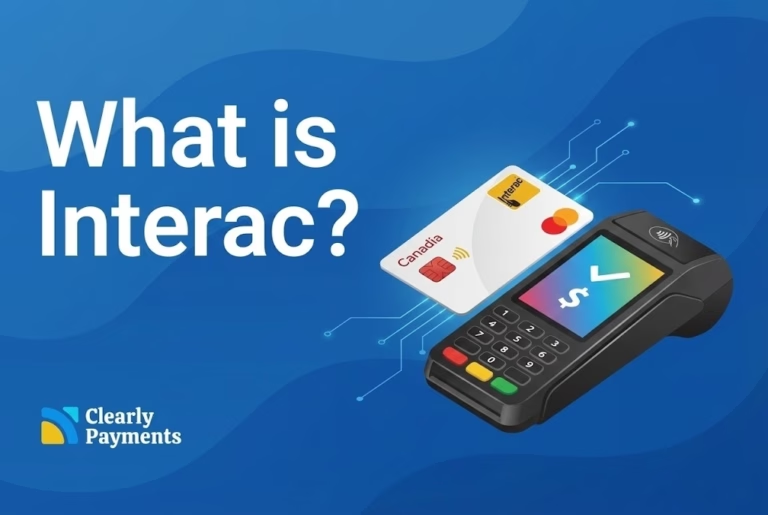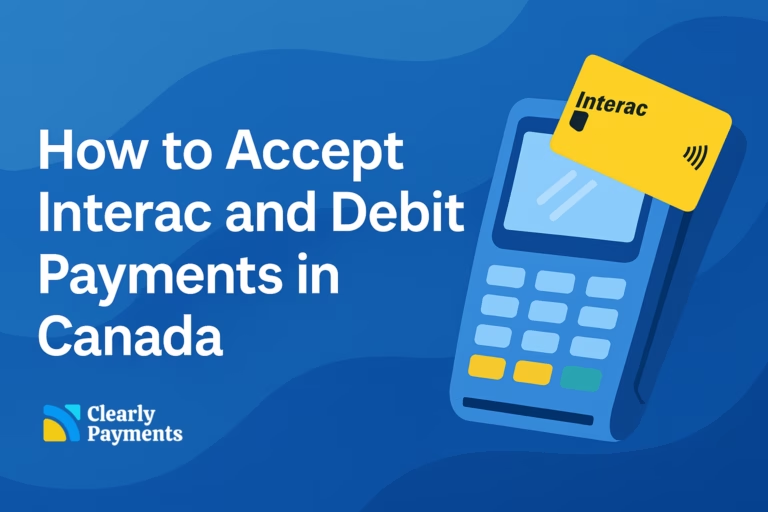In 2024, U.S. consumers suffered over $12.5 billion in fraud losses, a 25% increase from 2023. Credit‑card fraud remained the most prevalent form of identity theft, driving higher dispute rates, chargebacks, and merchant liabilities.
Card‑Not‑Present (CNP) fraud dominated, and organized fraud rings increasingly leveraged AI and Fraud‑as‑a‑Service models to scale attacks
Overall Fraud Landscape in USA for 2024
Fraud is escalating at a national level, with U.S. consumers reporting record-breaking losses in 2024. The Federal Trade Commission (FTC) received millions of complaints spanning identity theft, credit fraud, and deceptive practices. For merchants, this broader context highlights why payment fraud prevention is no longer optional; it’s essential.
- Total consumer losses: Over $12.5 billion reported in the USA to the FTC in 2024, up 25% from $10 billion in 2023.
- Total fraud complaints: 2.6 million reported incidents, including scams, identity theft, and card fraud.
- Credit card identity theft: Approximately 449,000 cases involved criminals using stolen personal data to open or misuse credit card accounts.
- Global share: The U.S. accounts for 42% of all credit card fraud globally, despite handling only 25% of card transactions.
Summary of Types of Fraud in USA for 2024
In 2024, credit card fraud in the United States took many forms, but a few key types dominated the landscape, particularly new account fraud, card-not-present scams, and friendly fraud, each with unique risks for merchants and financial institutions.
| Fraud Type | Definition | 2024 Incidents / Share |
|---|---|---|
| New Account (Application) Fraud | Criminals use stolen identities or synthetic identities to open new cards. | 406,110 reports, representing 90% of all credit card fraud cases |
| Existing Account Fraud | Unauthorized use of a valid card/account (e.g., stolen card) | 52,428 reports, 10% of cases |
| Card‑Not‑Present (CNP) Fraud | Fraudulent usage where the card is not physically present (e‑commerce, MOTO) | Estimated $10 billion in losses; accounts for 71% of card fraud losses |
| Account Takeover (ATO) Fraud | Fraudsters hijack existing online accounts to make purchases | Grew 28% in 2024; represents a significant portion of digital fraud cases |
| Phishing / Social Engineering | Victim tricked into giving up card data via fake emails, messages | 15% of all payment fraud attempts globally, rising with sophistication |
| Skimming / E‑Skimming / ATM Skimming | Theft via physical devices or malware on checkout pages | Costs U.S. banks & consumers $1B annually; e‑skimming grew by 350% in e‑commerce domains |
| Friendly Fraud (Chargeback Fraud) | Customers dispute valid charges to receive refunds | Merchants lose $2.40–$4.61 per $1 fraud loss, reflected in rising chargeback volume through 2024 |
| Synthetic Identity Fraud | New identities are built from real and fabricated data to open accounts | Among the most rapid growth segments, up 153% from late 2023 to 2024 |
Card‑Not‑Present (CNP): Fraud’s Epicenter
Card-not-present (CNP) fraud, used in ecommerce and phone transactions, has become the largest single category of credit card fraud. Unlike physical card fraud, CNP fraud can occur from anywhere in the world, making it especially difficult for merchants to detect and prevent. In 2024, CNP fraud continued to account for the majority of U.S. payment fraud losses.
- Share of losses: CNP fraud made up 71% of all card fraud losses in the U.S.
- Dollar impact: Estimated at $10 billion in 2024, up from $9.5 billion in 2023.
- Data breaches: Over 269 million stolen credit card records were posted on dark web forums, many used in CNP fraud.
Identity Theft & Credit Card Fraud Reports
Identity theft remains a top method for credit card fraud, especially for creating new fraudulent accounts. In 2024, the FTC saw a significant increase in reports of new account fraud and misuse of existing credit lines. This trend affects merchants when criminals use stolen identities to make purchases, leaving businesses to absorb the loss.
- FTC complaints: Over 458,000 credit card fraud reports were filed in 2024.
- New account fraud: Roughly 90% of credit card identity theft cases involved criminals opening new cards.
- Demographics: Consumers aged 30–39 reported the most fraud, while consumers aged 60–69 reported the highest dollar losses, exceeding $1.1 billion.
Friendly Fraud & Chargebacks in 2024
Chargebacks are often thought of as consumer protections, but they create real and growing costs for merchants. “Friendly fraud”, when a legitimate customer disputes a valid transaction, continues to rise. So do administrative costs and penalties associated with chargeback management.
- Chargeback growth: Dispute rates rose 8% year-over-year, and digital chargeback volumes surged 78%.
- Average chargeback value: Increased to $169 per transaction.
- Cost per event: Merchants now spend an average of $110 per chargeback in fees, labor, and lost goods.
- False positives: Merchants reject up to 10% of legitimate transactions due to overly strict fraud filters, leading to lost revenue.
Evolving Tactics: AI & Organized Fraud Rings
Fraud rings are no longer small-time operations. Many now operate like tech companies—complete with teams, tools, and automation. In 2024, fraudsters increasingly used artificial intelligence (AI), deepfake technology, and synthetic identities to bypass traditional fraud controls.
- AI-powered fraud: Visa reported a 200% increase in blocked attacks during Cyber Monday and Black Friday 2024, driven by AI-enabled bots.
- Fraud-as-a-Service: Criminal marketplaces offer subscription tools for automating identity theft, phishing, and card testing.
- Synthetic identity fraud: Blended identities created from stolen and fabricated data now represent a growing share of new account fraud.
Merchant Risk & Revenue Losses
The impact of fraud isn’t just in stolen money, it hits merchant operations, profit margins, and customer experience. For U.S. ecommerce businesses, payment fraud has become one of the biggest cost drivers. In 2024, fraud-related revenue losses and mitigation costs rose substantially.
- Revenue loss: Online merchants reported losing 2.9% of total revenue to fraud.
- Cost multiplier: For every $1 of fraud, merchants typically lose up to $3.75, factoring in chargebacks, fees, and resource time.
- Operational risk: Rising fraud results in more manual reviews, customer friction, and overhead, especially for merchants without automated protection.
Table: Key 2024 Fraud Metrics in the U.S.
Before diving into recommendations, here’s a consolidated snapshot of 2024’s most critical U.S. credit card fraud data:
| Metric | 2024 U.S. Statistic |
|---|---|
| FTC-reported fraud losses | $12.5 billion (up 25% from 2023) |
| Total fraud complaints | 2.6 million (incl. 1.1 million identity theft) |
| Credit card identity-theft cases | 449,000 |
| Credit card fraud reports | 458,500 |
| U.S. share of global fraud losses | 42% |
| CNP fraud losses | $10 billion |
| Fraud via CNP | 65–74% of total card fraud |
| Avg. chargeback cost | $110 |
| Merchant cost per $1 of fraud | Up to $3.75 |
| Merchant revenue lost to fraud | 2.9% |
How the U.S. Compares to the Rest of the World
The United States consistently experiences more credit card fraud than any other country, both in total dollar losses and per-transaction risk. While the U.S. accounts for roughly 25% of global card transaction volume, it represents over 40% of global card fraud losses, according to the Nilson Report.
This outsized share is largely driven by the popularity of card-not-present (CNP) transactions, slower adoption of secure payment protocols like EMV and 3D Secure in certain segments, and the country’s sheer transaction volume. By contrast, countries like the UK, Australia, and Canada have seen greater success in reducing fraud by mandating EMV chip usage and more aggressive enforcement of secure authentication standards.
| Country | Share of Global Card Transactions | Share of Global Card Fraud Losses | Primary Fraud Type | EMV Adoption | 3D Secure Adoption | Fraud Trend (2024) |
|---|---|---|---|---|---|---|
| United States | ~25% | ~42% | Card-not-present (CNP) | High (~90%) | Medium | ↑ Rising sharply |
| United Kingdom | ~3% | ~8% | Account takeover, phishing | Very High | High | → Steady with strong controls |
| Canada | ~2% | ~3% | New account & CNP fraud | Very High | Medium–High | → Stable, low overall |
| Australia | ~1% | ~2% | CNP and identity fraud | Very High | High | → Slight rise, manageable |
| Germany | ~3% | ~1.5% | Lost/stolen card | High | High | ↓ Declining due to regulations |
| Brazil | ~2% | ~4% | Social engineering fraud | High | Low–Medium | ↑ Rising with ecommerce boom |
Implications for Clearly Payments Merchants
With fraud continuing to rise across all metrics, merchants cannot rely on outdated fraud filters or basic checks. A multi-layered, adaptive approach is essential, especially for e-commerce merchants and those processing CNP transactions. Clearly Payments provides tools and integrations that can help lower risk, reduce chargebacks, and improve customer trust.
Key considerations:
- CNP fraud is the most common and costly form of fraud.
- New account fraud is a fast-growing category.
- AI-enhanced attacks mean fraud attempts are faster, harder to detect, and more frequent.
- Friendly fraud is driving up dispute rates and merchant costs.




